Fit to Play with Jim Johnson: March Madness and The Screaming Coaches
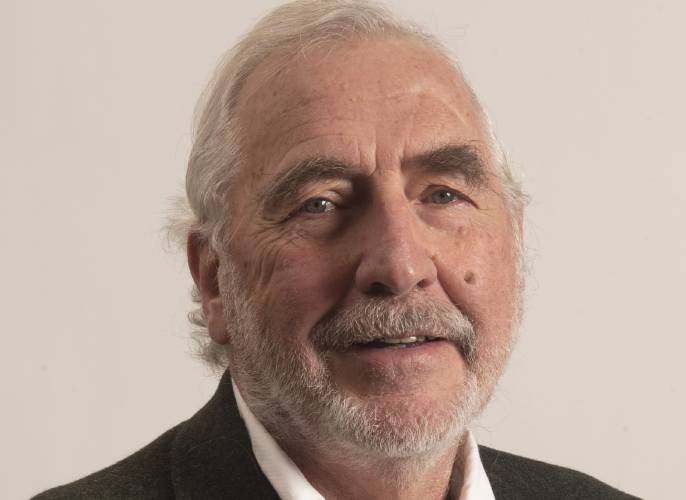
Jim Johnson
| Published: 03-03-2025 2:45 PM |
March Madness starts in two weeks and we’ll be watching a lot of basketball. I’ve been watching basketball for over 75 years, starting with my All American father when I was just a boy. Later, I followed my brother who was the point guard on a great high school team. With all this legacy, I thought I would be good at basketball as well, but that was not to be. I could run, jump, and shoot, but when I got on the court with nine other guys, I felt like I was in the middle of Hwy 91 without a car. Not so for many of the players we will see in the coming weeks. I continue to be amazed by the skill of today’s players, their ball handling and speed is truly amazing.
Because I was involved for over 40 years training coaches, I often like to watch how coaches behave during games. I clearly remember John Wooden, possibly the greatest basketball coach of all time. Wooden’s team won 10 NCAA championships, including seven in a row — a record that still stands. Wooden was a model of decorum on the sideline, never yelling, never out of control. When Wooden spoke, the team listened. Wooden’s position was that he prepared his team in practice and game time was their time. Wooden had developed a clear philosophy of why he was there and how his players should behave.
Many coaches have strived to copy Wooden’s behavior and style, but as TV and big money came along, Wooden’s sideline behavior was not emulated so much. Along come the screamers, coaches continuously patrolling the sideline, shouting at players and referees. I often wonder if they do this simply to justify their overblown salaries, to prove they are really coaching. They know they’re on TV and the camera loves hyperactive coaches. And what are they yelling anyway? It might be careful directions, but my vote is those age-old directions: “What are you thinking?” or “Use your head.” I suspect their shouting comes to no avail, just more noise to deal with in a noisy stadium.
Rick Pitino was one of the early screamers, strutting along the sideline with his expensive suits and gelled hair, the biggest ego in the gym. John Calipari decided this was the behavior for him, but he went a step further. John stood on the court to deliver his stream of invectives. Why do the referees allow this? And what about the scowling? Remember Pat Summitt, the basketball coach at Tennessee. Her scowl was so fierce that players were afraid to come to the sideline. LSU’s coach, Kim Mulkey, constantly dresses down everyone in her sight. She seems constantly displeased, regardless of score. Having trouble finding her on the sideline? She’s the one dressed like a clown.
LSU’s Dale Brown was somewhat successful, but mostly because of his recruiting. Dale was really just a cheerleader. I remember one game when a timeout was called with 30 seconds to go, and the score tied against Alabama. The team came over and Dale kept yelling the question, “Are we going to win?” With 10 seconds left in the timeout, Dale asked, “Who’s got the ball?” Alabama won.
Does all this screaming work? To try to answer this I consulted my colleague, Don Siegel, sport psychologist and former collegiate player and coach. Don reminded me of the relationship between activation and performance (Yerkes-Dodson law). This law reports that performance improves as activation increases, but decreases as activation goes beyond an optimal level. He suggested screaming arouses players to a state beyond optimal, resulting in compromised performance. He also reminded me that attentional capacity is limited. Playing basketball requires a lot of attention. As he said, “Just think of running a fast break and monitoring where your teammates are and where defenders are. This typically takes maximal attentional capacity. If a coach is ranting and raving, and expects to give instructions during the break, it seems this will simply distract players from processing critical details.” Screaming doesn’t work.
Not all coaches are screaming and most probably give feedback that enhances performance. The coaching we don’t see is in practice. Wooden said this was my favorite part, the place where they learned to play. Coaches are teachers. Do good teachers scream and scowl at their students? Students would never tolerate this but we expect athletes to. As you watch the games, observe how coaches behave. Would you play for them?
Jim Johnson is a retired professor of exercise and sport science after teaching 52 years at Smith College and Washington University in St. Louis. He comments about sport, exercise, and sports medicine. He can be reached at jjohnson@smith.edu
Article continues after...
Yesterday's Most Read Articles
 Two arrested on drug trafficking charges in Greenfield
Two arrested on drug trafficking charges in Greenfield
 Berkshire DA says no crime occurred in student-officer relationship at Mohawk Trail
Berkshire DA says no crime occurred in student-officer relationship at Mohawk Trail
 Four Red Fire Farm workers arrested as part of ICE operation in Springfield
Four Red Fire Farm workers arrested as part of ICE operation in Springfield
 Incandescent Brewing now open in Bernardston
Incandescent Brewing now open in Bernardston
 Local ‘Hands Off!’ standouts planned as part of national effort
Local ‘Hands Off!’ standouts planned as part of national effort
 Proposed ordinance would make Greenfield a ‘sanctuary city’ for trans, gender-diverse people
Proposed ordinance would make Greenfield a ‘sanctuary city’ for trans, gender-diverse people






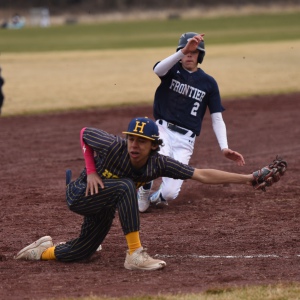 HS Roundup: Frontier baseball earns third win of the season following 5-0 shutout over Hopkins (PHOTOS)
HS Roundup: Frontier baseball earns third win of the season following 5-0 shutout over Hopkins (PHOTOS) 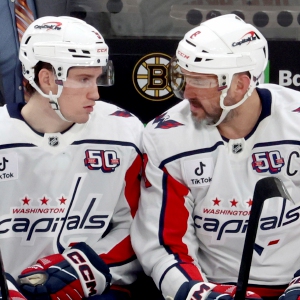 Amherst’s Ryan Leonard makes NHL debut for Washington Capitals in 4-3 win over Bruins in Boston
Amherst’s Ryan Leonard makes NHL debut for Washington Capitals in 4-3 win over Bruins in Boston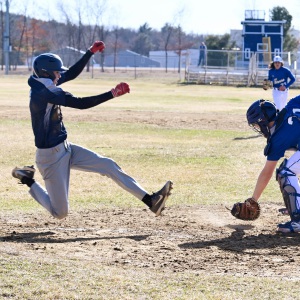 HS Roundup: Franklin Tech baseball beats Turners, 8-7, in extras (PHOTOS)
HS Roundup: Franklin Tech baseball beats Turners, 8-7, in extras (PHOTOS)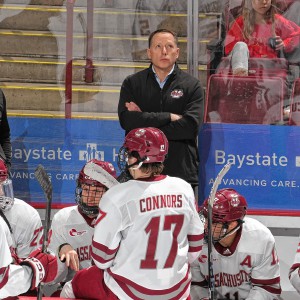 UMass hockey: Carvel reflects on Minutemen’s successful 2024-25 season
UMass hockey: Carvel reflects on Minutemen’s successful 2024-25 season
